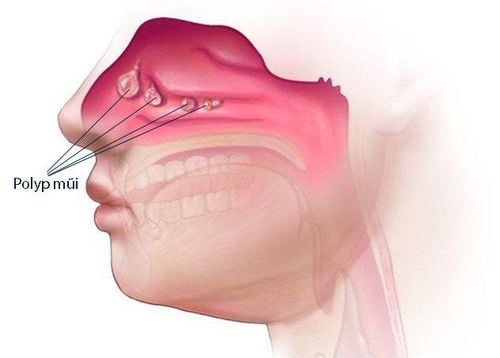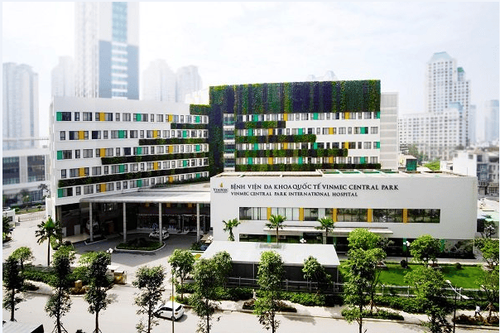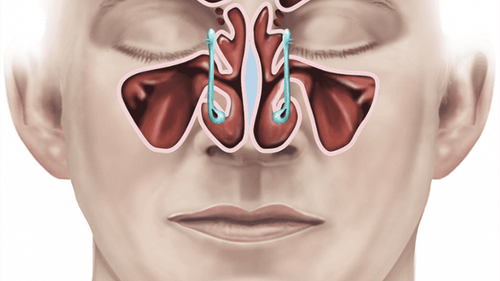This is an automatically translated article.
The article was professionally consulted by Specialist Doctor of Otolaryngology - Department of Medical Examination and Internal Medicine - Vinmec Hai Phong International Hospital. The doctor has more than 10 years of experience in examining and treating ENT diseases of adults and children.
Endoscopic sinus surgery (FESS) is a minimally invasive procedure used to observe, diagnose, and treat sinus problems. Your doctor will gently insert the endoscope into your nostrils to examine the area to be treated, then use specialized instruments to restore ventilation and drainage of the nasopharynx complex.
1. What disease does nasogastric endoscopy treat?
Indications for endoscopic sinus surgery in the following cases:
Chronic rhinosinusitis Nasal polyps Recurrent sinusitis 4 or more times Sinuses are hollow cavities in the skull that can fill with mucus and become inflamed. Blocks the circulation of mucus and leads to sinusitis. If sinusitis does not improve with traditional medical methods such as antibiotics, nasal sprays or oral medications, the patient will be ordered to have a CT scan to assess the condition and decide whether to perform a sinusoscopy or not. are not.

2. Procedure for performing endoscopic sinus surgery
Most of this surgery is done in the operating room. After anesthesia, the doctor will place a plastic tube (endotracheal tube) into the patient's mouth all the way to the windpipe so that the patient can breathe during surgery. Normally, rhinoplasty is performed only inside the nose, without making an external incision. Through the endoscopic image projected on the screen, the doctor uses very small instruments specifically for endoscopic surgery, removes the lesions in the nose and sinuses, widens the sinus openings, and restores the drainage. in the sinuses. Nasal septum correction, nasal pedicle resection, or nasopharynx can also be performed at the same time as FESS.
Functional endoscopic sinus surgery takes about an hour or less. After surgery, the patient will be placed two sponges on both sides of the nasal cavity to stop bleeding. These two pieces are removed 24 - 48 hours after surgery.
3. What are the benefits of endoscopic sinus surgery?
Diagnostic nasal endoscopy plays the most important role in the purpose of endoscopic techniques. Because the correct diagnosis of the lesion site, the pathogenesis of the disease helps us to appoint the correct surgery and bring about the effectiveness of surgery.
Moreover, endoscopic sinus surgery must begin with regular endoscopic sinus examination to help newcomers to the surgery grasp the important anatomical landmarks through endoscopic and at the same time detect changes. pathological as well as anatomical abnormalities in the mid-slit region.
Laparoscopic surgery is also effective in many cases of sinus trauma and for these patients routine radical surgery is not necessary.
The advantage of functional endoscopic sinus surgery is to limit damage to organs and maximize the protection of organs that focus only on taking special lesions with special tools.
The main purpose of laparoscopic surgery is not to create a smooth, clean, wide and open incision between the sinuses, but only to clear the blockages, anatomical abnormalities, mucosal lesions. Heaviest in the key region. The entire remaining mucosa is preserved as much as possible.
Vinmec Central Park International General Hospital is one of the hospitals that not only ensures professional quality with a team of leading medical doctors, a system of modern technological equipment, but also stands out for its outstanding medical examination and treatment services. , comprehensive and professional medical consultation and treatment; civilized, polite, safe and sterile medical examination and treatment space.

Please dial HOTLINE for more information or register for an appointment HERE. Download MyVinmec app to make appointments faster and to manage your bookings easily.













